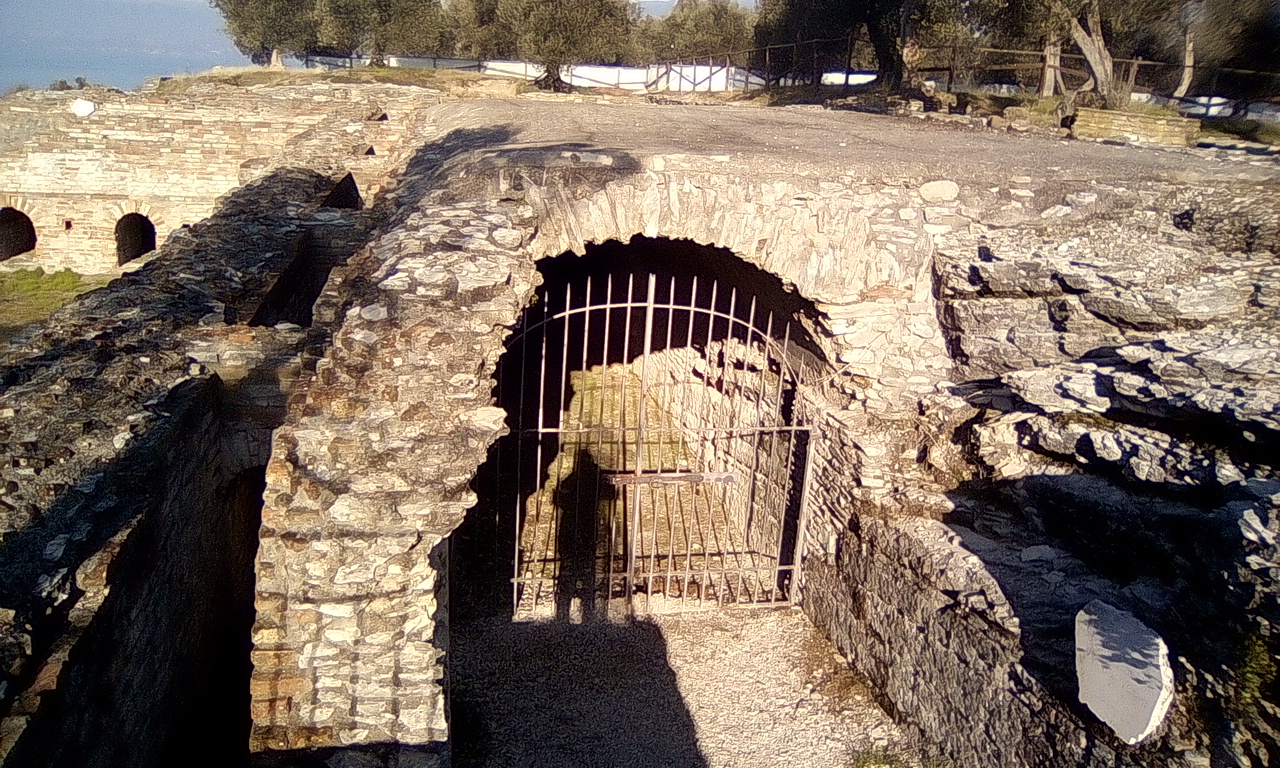Navigating the Challenges of Escalating CAM Reconciliation Costs
Owning a retail store in California comes with its fair share of responsibilities and challenges, particularly when it comes to managing financial obligations associated with triple net leases. I inherited a brick and mortar shop from a family member and, unfortunately, didn’t have the opportunity to negotiate the lease terms myself. As many retail business owners know, Common Area Maintenance (CAM) reconciliation is an integral part of these leases, but recently, the associated costs have become quite overwhelming.
Prior to the pandemic, our CAM reconciliation expenses hovered around a few thousand dollars annually, which we could comfortably distribute over monthly payments. Yet, the past couple of years have brought about significant and dramatic increases. To illustrate, our 2023 bill was approximately $6,000, primarily due to charges for roof repairs—costs that will reappear annually for the next three years. The situation has intensified with the arrival of the 2024 statement, now a staggering $13,000. This increase includes not just the ongoing roof repairs, but also a new line item for “exterior facade” improvements.
Additionally, nearly every other expense has seen hikes of 10-15%, affecting areas like insurance, landscaping, and waste management. I am reaching out to see if fellow business owners are encountering similar challenges and to explore any immediate actions one might take to alleviate this financial strain. Moving forward, I realize it’s crucial to negotiate a cap on annual CAM increases. However, I’m eager to hear if there are short-term strategies that could provide relief from these unexpectedly steep reconciliation costs.
Your insights and experiences would be greatly appreciated as we navigate this complex aspect of retail business management.










2 Comments
Thank you for sharing your experience with CAM reconciliation costs; it’s a predicament that many retail business owners can relate to, especially in the current economic climate. It’s interesting to see how these costs, which often seemed manageable, can escalate into significant burdens seemingly overnight.
You mentioned the need to negotiate a cap on annual CAM increases, which is an excellent long-term strategy. In addition to that, I’d recommend a few short-term approaches that might help alleviate some financial pressure:
1. **Itemized Breakdown Review**: Request a detailed, itemized breakdown of CAM charges from your landlord. Understanding each component can help you identify any discrepancies. Sometimes, landlords mistakenly charge for services not rendered or repairs that may not be necessary, which could open up grounds for negotiation.
2. **Collaborative Discussions**: If you haven’t already, engage in a dialogue with other tenants in your complex. If several retailers are facing similar burdens, you may find strength in numbers when discussing potential reductions or adjustments with the property manager or landlord.
3. **Explore Vendor Relationships**: Consider evaluating vendor services outlined in the CAM charges. Could you and other tenants negotiate better contracts for landscaping or waste management as a collective? Often, bulk contracts can lead to meaningful savings.
4. **Evaluate Lease Clauses**: While it may be late to negotiate your current lease terms, reviewing clauses related to CAM reconciliation can be beneficial. Understanding what qualifies for CAM charges might equip you better in future negotiations or restructuring discussions.
5. **
Thank you for sharing your detailed experience—it’s a challenge many retail owners are grappling with in today’s rising cost environment. Having gone through similar increases, I found that proactively engaging with the landlord to request a cap on CAM escalation can be very effective. Even if the lease was inherited and renegotiation isn’t immediately possible, you might explore options like requesting detailed breakdowns of charges to identify potential areas for cost reductions or disputes.
Additionally, building strong communication channels with your landlord and other tenants can sometimes lead to collective bargaining power or shared initiatives to manage common expenses. It may also be worth exploring whether some of the maintenance costs—like roof repairs or facade improvements—can be deferred or scheduled in phases to alleviate annual financial burdens. Finally, reviewing your lease for clauses related to pass-through expenses and seeking professional advice from a commercial lease specialist or accountant could uncover strategies for short-term relief and long-term stability.
Navigating CAM increases is complex, but with strategic planning and open dialogue, it’s possible to find manageable solutions. Wishing you the best in managing these rising costs.